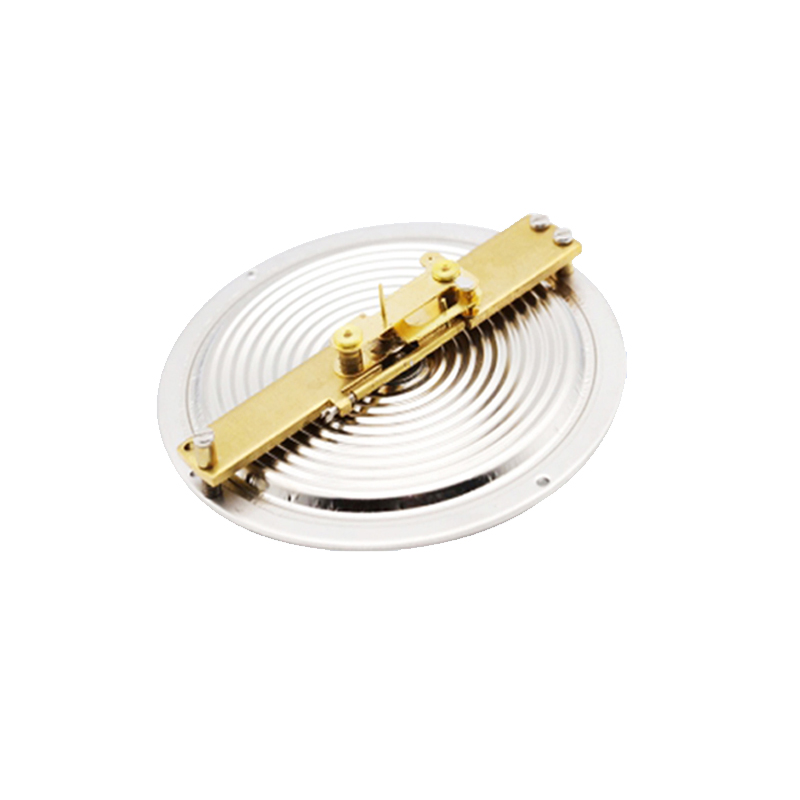
Dec . 03, 2024 14:49 Back to list
Fire Safety Pressure Gauge for Enhanced Protection and Monitoring Systems
Understanding Fire Protection Pressure Gauges A Crucial Component in Safety Systems
When it comes to fire safety, a myriad of components come together to ensure that buildings, facilities, and lives are protected. One of the pivotal elements in the fire protection system is the pressure gauge. These instruments play a critical role in monitoring and maintaining the performance of fire suppression systems, including sprinklers and standpipes. In this article, we will delve into the importance, functionality, types, maintenance, and regulations surrounding fire protection pressure gauges.
Importance of Fire Protection Pressure Gauges
Fire protection pressure gauges serve as indicators of the operational status of fire suppression systems. These gauges provide real-time readings of the pressure within a system, ensuring that the equipment is functioning correctly. If the pressure deviates from the standardized range, it could signal potential issues that may compromise the effectiveness of the fire protection system. Regular monitoring of pressure gauges can help identify leaks, blockages, or other malfunctions that could hinder a system's performance during an emergency.
Having reliable pressure readings allows building managers and safety personnel to ensure compliance with fire safety regulations. Neglecting to monitor pressure levels can lead to catastrophic consequences, including insufficient coverage during a fire event. Moreover, insurance companies may require evidence of proper fire safety measures, including the functionality of pressure gauges, to validate policy claims.
Functionality of Pressure Gauges
Fire protection pressure gauges typically work on the principles of hydrostatic pressure. As water (or other extinguishing agents) is pumped into the system, the pressure gauge provides a reading based on the resistance exerted. Most gauges are marked with color-coded zones that indicate acceptable pressure ranges (green), caution levels (yellow), and critical pressure levels (red). These visual cues are essential for quick assessments during regular checks.
In addition to standard mechanical gauges, digital pressure gauges are becoming increasingly popular due to their accuracy and ease of reading. Digital gauges often include features such as data logging, alarm settings for out-of-range pressures, and remote monitoring capabilities. This technology allows for enhanced oversight and quicker responses to potential system failures.
Types of Pressure Gauges
There are various types of pressure gauges used in fire protection systems, including
fire protection pressure gauge product

1. Bourdon Tube Gauges Common and cost-effective, these gauges rely on a coiled tube that straightens when pressure is applied, providing a dial reading. They are durable and widely used in different fire suppression systems.
2. Diaphragm Gauges Utilizing a flexible diaphragm that deflects under pressure, these gauges are ideal for measuring low-pressure applications and can provide precise readings.
3. Digital Gauges Equipped with electronic sensors, digital gauges display readings on a screen. They are beneficial for remote monitoring and often include additional features for enhanced data management.
4. Pressure Switches While not traditional gauges, pressure switches help automate systems by activating alarms or pumps when predefined pressure levels are reached.
Maintenance and Regulation
Regular maintenance and inspections of fire protection pressure gauges are compulsory to ensure they are functioning correctly. Building codes typically dictate that these gauges be tested at specific intervals, often annually. Routine checks should include visual inspections for any wear or damage, as well as calibration assessments to confirm accurate readings.
In addition to regular maintenance, it is crucial to adhere to local, state, and national regulations concerning fire protection systems. Standards set by organizations such as the National Fire Protection Association (NFPA) provide guidelines for the installation, testing, and maintenance of fire suppression systems, including pressure gauges. Compliance with these standards not only contributes to safety but also ensures that building occupants are protected in emergencies.
Conclusion
In summary, fire protection pressure gauges are vital components of any fire safety system. Their ability to provide real-time pressure readings makes them essential for maintaining the efficacy of fire suppression systems. From their basic functionality to the various types available, understanding these gauges is crucial for safety professionals and building managers alike. Regular maintenance and adherence to safety regulations will ensure these instruments continue to function effectively, safeguarding lives and property from the devastating impact of fire. Investing time and resources in fire safety measures today will pave the way for a safer tomorrow.
-
High-Precision 5 Valve Manifold Differential Pressure Gauge Suppliers
NewsApr.29,2025
-
High-Precision Diaphragm Vacuum Pressure Gauges Manufacturers & Quotes
NewsApr.29,2025
-
Omega Differential Pressure Gauges High Accuracy & Durability
NewsApr.28,2025
-
Low Pressure Differential Pressure Gauges Precision Solutions & Quotes
NewsApr.28,2025
-
Digital Diaphragm Pressure Gaauge Precision Measurement & OEM Quotes
NewsApr.28,2025
-
Differential Pressure Gauge China Price High-Accuracy & Best Quotes
NewsApr.28,2025
